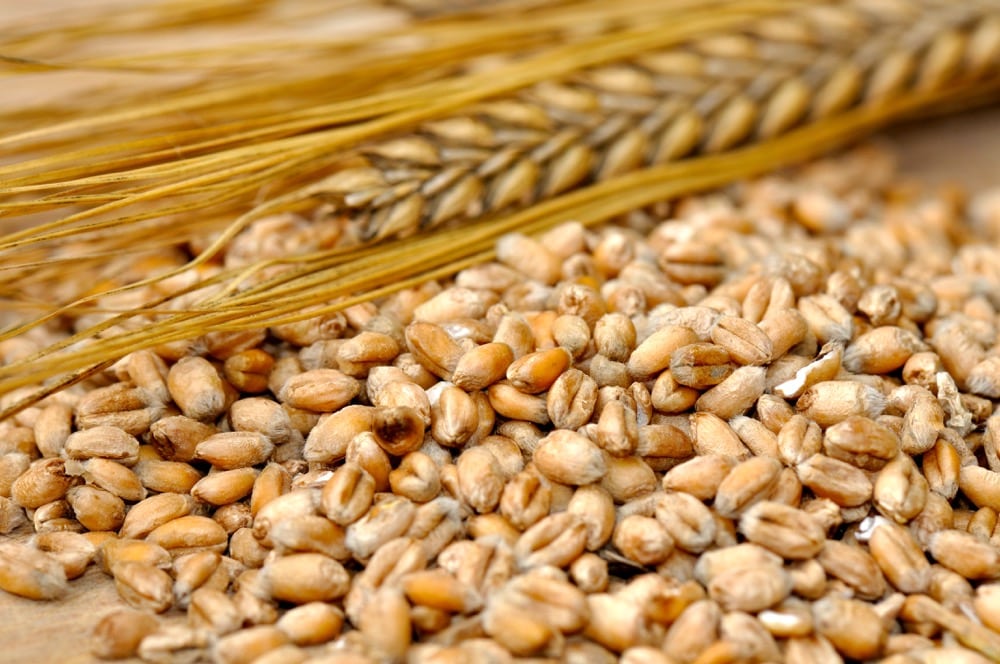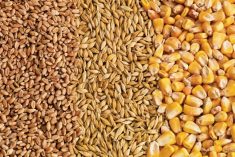Glacier FarmMedia | MarketsFarm — Feed barley prices in Western Canada remain on a steady uptrend, improving by C$30 to C$40 per tonne off their harvest lows hit in late August.
Feed barley into the key Lethbridge feeding area was priced at C$300 to C$305 per tonne area as of Dec. 2, according to the Alberta government’s weekly market review. That was up by about C$10 to C$20 per tonne over the past month. Delivered corn prices have also risen, but to a lesser extent, trading at about C$303 per tonne into Lethbridge in early December.
Read Also

U.S. grains: Soybeans rise on China demand hopes; corn and wheat rebound
Chicago Board of Trade soybean, corn and wheat futures rose on Monday on signs of progress towards the end of a record-long U.S. government shutdown, along with expectations of a revival of U.S. soybean exports to China, analysts said.
The Canadian dollar has lost nearly two cents relative to its United States counterpart since early November, to trade at its softest level in four-and-a-half years. The softer currency makes it more expensive for Canadian feedlots to buy corn priced in U.S. dollars.
Canadian imports of U.S. corn remain slow, with only 41,800 tonnes imported as of Dec. 5 during the marketing year that began at the start of September, according to U.S. Department of Agriculture data. That compares with 358,400 tonnes at the same point a year ago. In addition, there are only 41,000 tonnes of outstanding U.S. corn sales to Canada, well below the 451,600 tonnes on the books at the same time a year ago.
Meanwhile, Canadian barley exports are running about 12 per cent ahead of the year-ago pace, with 867,000 tonnes exported from August through November, according to weekly Canadian Grain Commission data. China was the top destination in the monthly numbers through October, accounting for about 77 per cent of the total exports. The monthly data showed a relatively even split between feed and malt barley exports.















